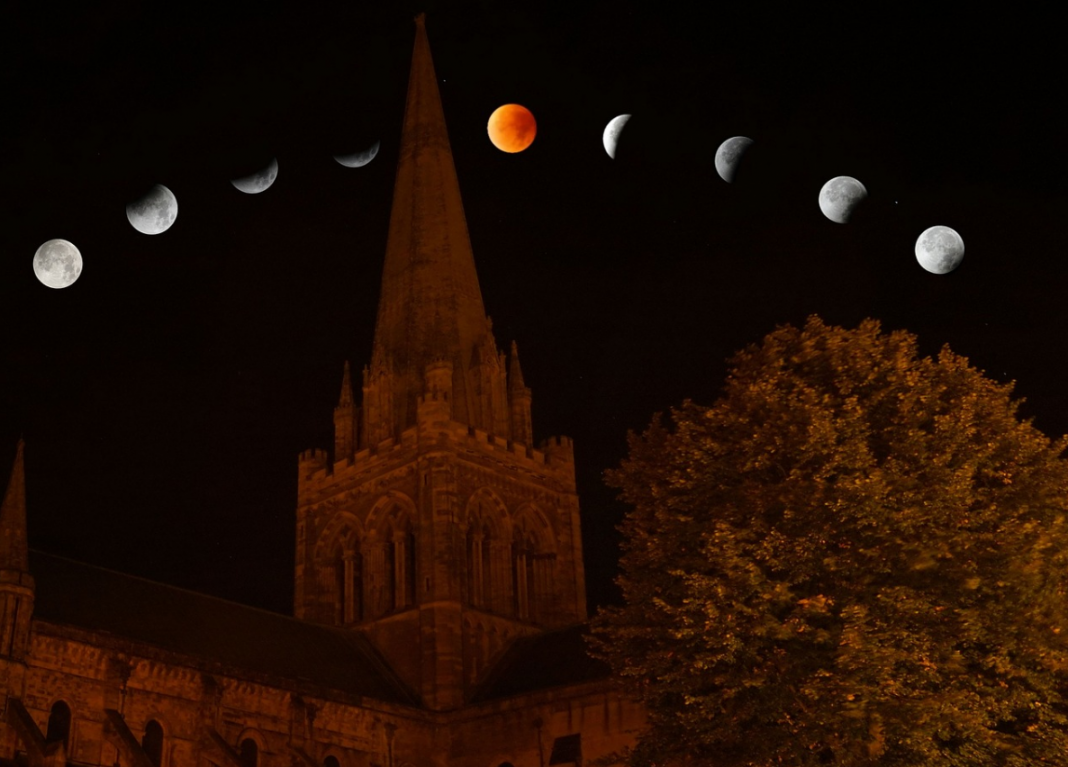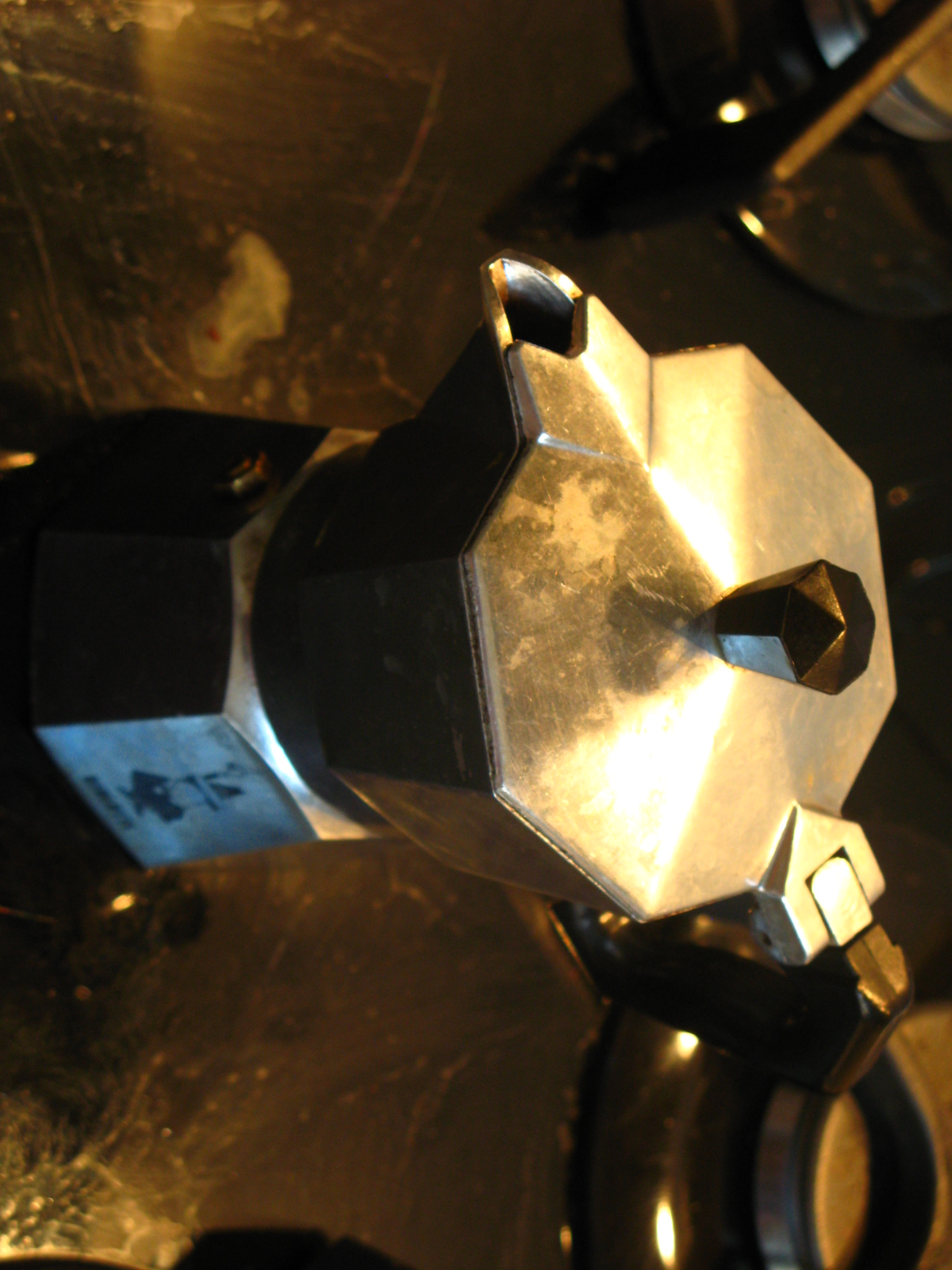For all our lives whenever we’re walking in the path of a light source, we subconsciously know there is a shadow that follows our every move. Nothing new, nothing cool. I mean it was cool when I was 4 years old, but sadly we all grow up and out our young imaginative minds. Thanks to education, our science teachers explained to us why these 2D shapes follow our 3D selves. It’s caused by light-source not being able to pass an opaque (non-transparent) object. Therefore creating a dark space in the area of something we are in-between.
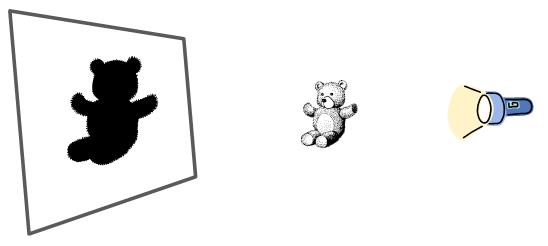
Like how this bear is in-between the paper (the surface) and the flashlight (light-source).
Imagine this on a big scale, I mean huge! Bigger than a skyscraper’s shadow projected down a street. Think more of this planet’s shadow. Now that’s grand! We see it every night when we look at the moon (if it’s not a full moon), but that too, isn’t spectacular to us anymore. Kind of like gravity. It’s just second nature to us. But for us physics-nerds, we know how strange and spectacular these phenomena are. We have science now explaining why and how this stuff happens, causing us to lose the imaginative side of why and how these things happen. Thank you science!
2018 Lunar Eclipse on July 27th
Get ready to see Earth’s shadow in the longest Lunar Eclipse of this century (2001-2100) on July 27, 2018. The Totality (definition below) will Last 1 hour 42 minutes and 57 seconds to be exact. Apart from the shortest which lasted 4 minutes and 48 seconds back in 2015. Earth’s shadow (scientific term: the Umbra) will be projected onto the moon. Meaning the whole moon will briefly disappear and reappear rusty-red. Often called the “Blood-moon”; caused by the scattered light (Rayleigh Scattering) that passes and bends through Earth’s atmosphere from the sun, hitting the moon.

I will post at the bottom of this article on how to see the upcoming Lunar Eclipse based on your location. Also where else in the world the Lunar Eclipse will be visible. Let’s look at some cool facts and explain some of the scientific-jargon so you can look smart on the night of the 27th in front of your friends.
First, let me get some science definitions out of the way.
- The Umbra- Is the dark-center portion of a shadow. No direct light hitting it.
- Partial shadow is called the penumbra.
- Totality- Occurs when and if there is only a total lunar eclipse. Totality is when the whole moon is within the Earth’s umbra (shadow).
- Rayleigh Scattering- Is the light bending when it goes through the atmosphere.
- Reasons why you see bright red and orange skies during the sunset/sunrise.
The lunar eclipse on 27 July 2018 will be visible over Central Asia, Africa, Europe and parts of South America and the South Pacific. Sadly not visible for people in North and Central America. Next one for you guys in North and Central America will be on January 19, 2019. This link shows when and where the next lunar/solar eclipse will occur.
This is the world map of where the July 27, 2018 Lunar Eclipse will be visible.

Some fun facts about eclipses
- There are 3 different types of lunar eclipses
- Penumbral Eclipse: involves the Earth’s lighter outer shadow (penumbra) covering the moon. Goes unnoticed by most sky-watchers.
- A penumbral eclipse is always present when there is a total lunar eclipse.
- Happening before and after the partial eclipse stage of a total eclipse.
- Total Eclipse: which completely covers the moon from direct sunlight.
- Partial Eclipse: when the Earth’s shadow covers just a portion of the moon.
- Also, present during a total eclipse.
- Happening right before and right after the totality stage of an eclipse.
- Penumbral Eclipse: involves the Earth’s lighter outer shadow (penumbra) covering the moon. Goes unnoticed by most sky-watchers.
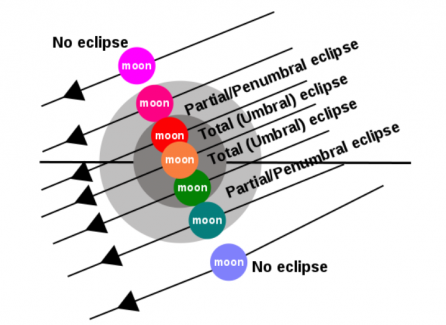
- ‘Syzygy’ is the term for when the Earth, Sun, and Moon align.
- Well, technically it’s any 3 bodies that align in space.
- Pronounced: “sizigee”
- Greek meaning “yoked together”
- The moon on average moves 4.046 cm (1.6 inches) away from the Earth each year.
- Meaning the eclipses will be very different in a few billion years.
- The lunar eclipse of 1504 helped Christopher Columbus get out of a jam!
- When Columbus and his crew were stranded in Jamaica with the locals, The Arawaks. The Arawaks got tired of feeding them after a few months. So Columbus, to gain their favor back, lied about the upcoming lunar eclipse that is going to happen at the end of February 1504. He told the local Arawaks that his (Colombus’) Gods were mad at the Arawaks, instead of the science of behind the Lunar Eclipse. The Arawaks didn’t want to make the ‘Gods’ mad, so they continued to feed Columbus and his crew.
- A Lunar eclipse can occur at maximum, 3 times a year.
- It’s not dangerous to look at the Lunar Eclipse with the naked-eye
- Only the solar eclipse is when you need special solar glasses to view the eclipse. Just a rule of thumb: You should never look directly at the sun without these solar glasses.
- Usually eclipses alternate from solar to lunar.
- Typically, whenever there is a lunar eclipse, a solar eclipse occurs before or after it. Normally within 2 weeks.
- This year we’re lucky, we get three! There was a partial Solar Eclipse on July 13 and there is going to be another partial Solar Eclipse on August 11.
- Here’s the link to see if you’re lucky enough to be able to view it.
I urge everyone to go out on the night of the 27th to see the eclipse. It may not sound cool or not be as breathtaking as a total Solar Eclipse. But, once you stick your head up into the night-sky on the 27th. You will truly be blown-back by the sheerness of our Earth and Moon compared to the rest of the universe. There is a whole universe beyond our world. It’s just mind-boggling if you think about it.
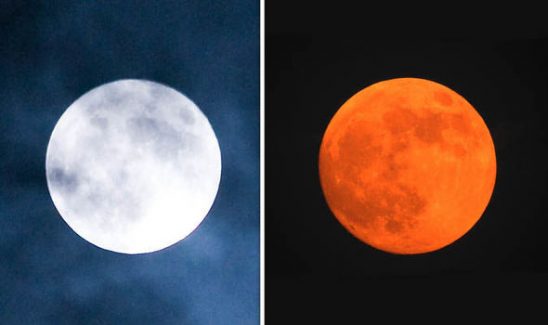
TIPS:
- The best locations to see the eclipse is away from the city cause of all that light pollution.
- The further away, the clearer it will be seen.
- If you wish to photograph the eclipse. Sorry iPhone photographers. You will have a hard time capturing the moment. But it never hurts to try, especially with the new iPhone camera upgrades.
- The type of camera you will need is a DSLR or a Mirrorless camera with full control of the exposure settings. Check this link: How to take the best pictures during a Lunar Eclipse.
During this Lunar Eclipse, you will also be able to spot Mars. It will be the closest and brightest in 15 years. Last time it has gotten this close was 2003. So don’t forget to seek it out. Just as I said before, go to a location out of the city. For light pollution might distort the Red Planet making it seem like a star or not visible at all.
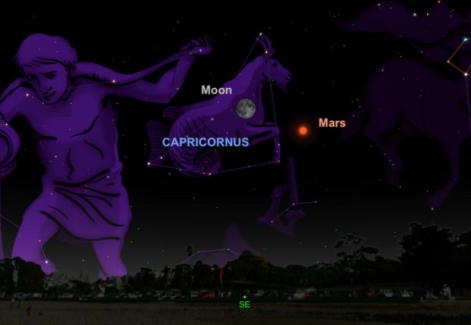
Check this link, type in your city to see all the information about the upcoming Lunar Eclipse. When totality will start? How long it’s going to last in your city? The timeframe for everything. There you go, everything to make you sound like the Galileo of your friend group when looking up at the night sky on the 27th.
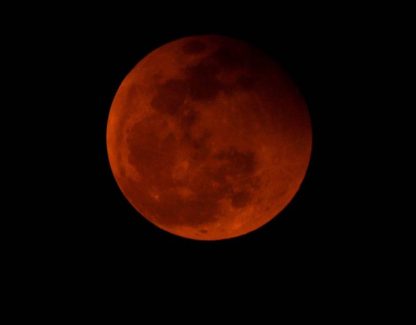
See you the night of the 27th, when I’ll also be looking up at the Lunar Eclipse:)
Ciao!


